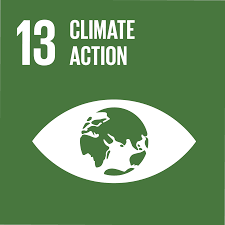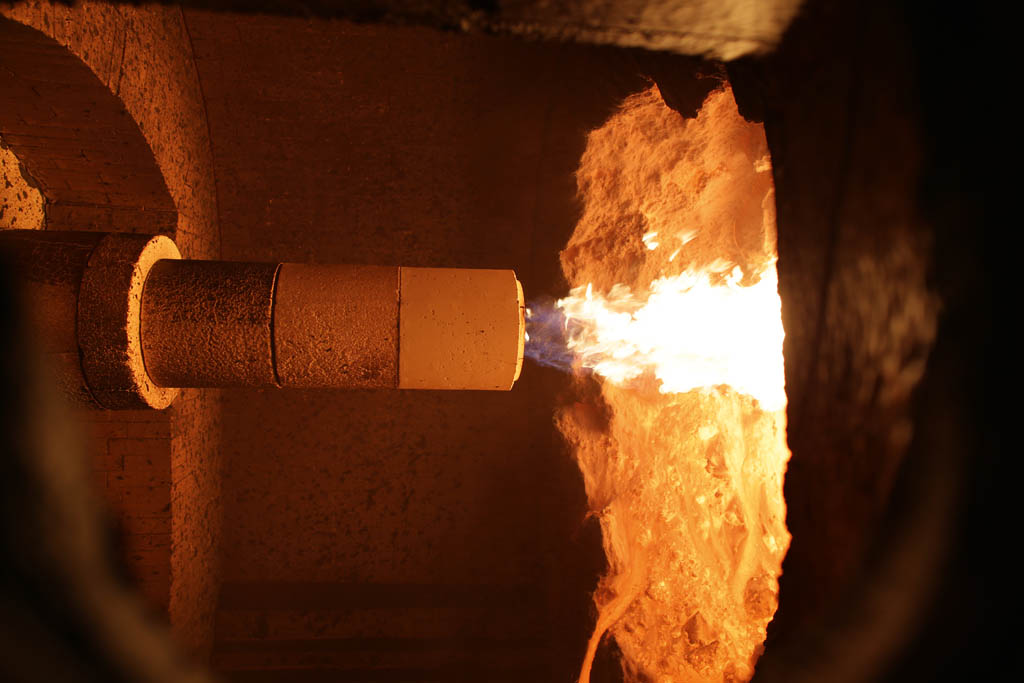 |
The severity and urgency of the climate crisis has become increasingly clear. The global economy needs to rapidly reduce carbon emissions, halving them by 2030 and reaching net-zero by 2050. RHI Magnesita is accelerating the Company’s climate action. |
Our climate strategy and progress is regularly reviewed by both the Board and our senior leadership. We have completed an in-depth assessment of climate risks to our business. These include physical risks, such as extreme weather events, disruption to operations and supply chain; as well as transitional risks, such as current and emerging regulations, technology, marketplace and reputation.
We completed our first climate submission to the CDP (formerly the Carbon Disclosure Project) in 2019, gaining a C rating. We are also exploring how to implement the recommendations of the Taskforce on Climate-related Financial Disclosures (TCFD).
| Inmplemting the TCFD Recommendations | |
| Governance |
|
| Risk Management |
|
| Strategy |
|
| Metrics and Targets |
|
In 2019, we revised upward our emissions reduction target, almost doubling it by including Scope 3 emissions from raw materials. Our commitment is now to reduce Scope 1, 2 and 3 emissions (raw materials) by 15% by 2025, while improving energy efficiency by 5%. We are also investigating how RHI Magnesita could adopt a Science-Based Target for carbon emissions reduction.
| CO2 Emissions | Absolute Emissions (tonne of CO2) | Relative Emissions (t CO2 per tonne of product) | ||||
|
2018 |
2019 | Change vs 2018 |
2018 | 2019 | Change vs 2018 |
|
| Scope 1 | 2,629,000 | 2,275,000 | -354,000 | 0.85 | 0.81 | -4,5% |
| Of which geogenic emissions | 1,413,000 | 1,194,000 | -219,000 | 0.46 | 0.43 | -6.7% |
| Of which fuel-based emissions | 1,165,000 | 1,051,000 | -114,000 | 0.38 | 0.37 | -0.4% |
| Scope 2 | 207,000 | 190,000 | -17,000 | 0.07 | 0.07 | 1.3% |
| Scope 3 (raw materials) | 2,536,000 | 2,157,000 | -379,000 | 0.82 | 0.77 | -6.1% |
| Total | 5,372,000 | 4,622,000 | -750,000 | 1.74 | 1.65 | -5.0% |
Our climate strategy spans our value chain and includes the following elements:
The steel and cement industries represent approximately 80% of our customers. They are also major carbon emitters. Helping these customers improve energy efficiency in production can thereby reduce associated emissions.
Our new full-service solutions include:
Geogenic emissions from raw materials represent almost half of our direct emissions (Scope 1 and 2). Carbon dioxide (CO2) is released when the raw magnesite (MgCO3) is processed into magnesium oxide (MgO), the basis for many refractory products.
These process emissions represent another major focus area of R&D investment, increasing recycled content in particular. By using recycled content, we avoid the geogenic emissions of virgin materials. We are increasing our use of recycled content and expanding our global recycling capacity. Find more information here.
We also research the best ways to capture and manage process emissions.
To develop breakthrough technologies, we work with others, such as the European Cement Research Academy (ECRA) and the K1-MET consortium which includes steel manufacturers, universities, start-ups and open-innovation platforms. In addition, we are setting up research partnerships with universities and others, including accelerators, start-ups and open innovation platforms.
We are assessing our potential to reduce Scope 3 emissions from electricity consumption. In addition, we aim to increase the proportion of renewables in our energy mix through on-site generation and purchasing.
At present, we cannot use renewables as our primary source of energy, given the high temperatures and quantities required by our business. Our production sites therefore still depend on carbon-intensive fossil fuels. Switching to alternatives is a highly challenging transition which we continue to explore.
Where feasible, we are moving from petroleum coke and oil to natural gas, the cleanest fossil fuel. In 2019, gas accounted for 53% of fuel used by our business.
New production techniques are allowing us to improve energy efficiency. For example, we can now dry pre-cast shapes for 2.5 hours compared to the traditional five days.
In addition, we now achieve the same performance from refractory bricks tempered at 200°C that was previously possible only by firing at temperatures exceeding 1,500°C.
Energy efficiency initiatives are expected to save up to 61 GWh per year, more than 1% of our energy consumption in 2019.
Energy
|
2018 |
2019 |
|||||
|
Energy use by source |
Consumption (GWh) |
Percentage of total |
Consumption (GWh) |
Percentage of total |
change in absolute consumption 2018 |
|
|
Natural gas |
2.992 |
59,6% |
2.766 |
61,3% |
-7,6% |
|
|
Fuel oil |
995 |
19,8% |
847 |
18,8% |
-14,9% |
|
|
Diesel/petrol |
78 |
1,6% |
73 |
1,6% |
-6,5% |
|
|
Liquid gas |
16 |
0,3% |
23 |
0,5% |
46,0% |
|
|
Coal, coke & petcoke |
935 |
18,6% |
806 |
17,9% |
-13,8% |
|
|
Total energy consumption |
5.017 |
100,0% |
4.515 |
100,0% |
-10,0% |
|
Our programme to reduce emissions of nitrogen oxides (NOx) and sulphur oxides (SOx) is progressing well. We are targeting a 30% reduction by 2027 and have achieved this for pre-existing plants in China already, with our new Chizhou plant to follow in 2020. We will achieve the same in our US business by 2025, followed by Europe and South America.
